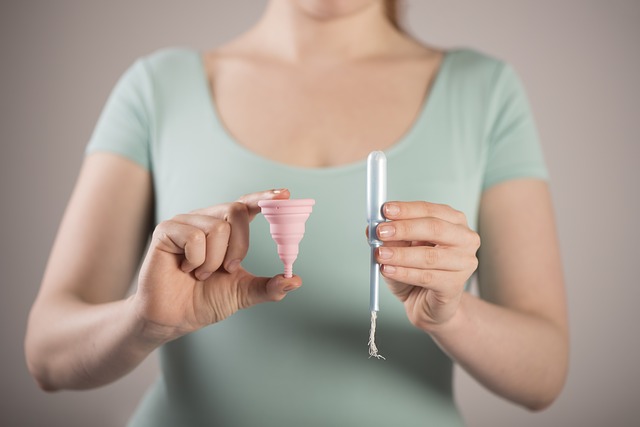Table of Contents
There International Day of Menstrual Hygiene is celebrated today and the menstrual cup it will have a special promotion space on the occasion of the anniversary. Today, May 28, will in fact be dedicated to raising awareness on several fronts: from menstrual poverty, to the abolition of the numerous taboos surrounding the menstrual cycle, to the prevention of diseases and infections.
The taboo of the menstrual cycle: why it exists and why it needs to be demolished
May 28 of each year is revealed a unique opportunity to join an open debate on women and the menstrual cycle. Menstruation, in many realities and in many families, is still seen as a something to hide in a discreet silence. This attitude involves the maturing in women a sense of modesty and shame which emerges even in the most trivial actions, such as buying sanitary pads at any point of sale.
Why are there still so many taboos? And why is a woman ashamed of such a natural look? Not addressing the topic of the menstrual cycle openly had the side effect of to close women and men in ignorance, in the “proper” sense of the term: ignoring what happens or occurs. In the case of the cycle, this “ignoring” or rather “dealing with discretion” has led to little knowledge also of diseases and infections related to feminine hygiene.
Certainly, the school and the institutions they should be the proponents of a reconversion of society in favor of an abolition of the taboo-cycle in order to thicken awareness campaigns but also, trivially, to start teaching sex education at school. The menstrual cycle must become a free topic, topic of discussion e women must learn to be a harbinger of profound knowledge around their physiological condition.
Why choose the menstrual cup
What better time than International Menstrual Hygiene Day to talk about menstrual cup? If only because, as we said before, it is still difficult to bring the attention of all women to such intimate aspects of their life.

But let’s start by understanding the reasons why women “would agree” to use the menstrual cup. Certainly, in economic terms, the cup is a great saving device. Its cost is around 20 euros but its use is guaranteed for up to ten years. In addition to the economic side, there is another fundamental aspect that should not be underestimated. Contrary to what is believed, in fact, the cup is an aid that protects against the appearance of infections. Unlike tampons and sorbents that interact with the flora and mucosa.
Finally the menstrual cup is an eco-friendly device. It would indeed allow a considerable waste reduction, a consequence that responds positively to the policies with which it is intended to act on the protection of our planet.
Intima’s initiative to support APE
To combat what is now defined as “menstrual poverty” (increasingly widespread in the world!), Intimate launches a significant initiative on this day dedicated to women’s hygiene. For each menstrual cup sold in May, Intima will donate one to APE (Endometriosis Project Association).
APE is an association made up of volunteers and patients aimed at disseminating information and knowledge about endometriosis, for women, their families, health personnel and institutions.











